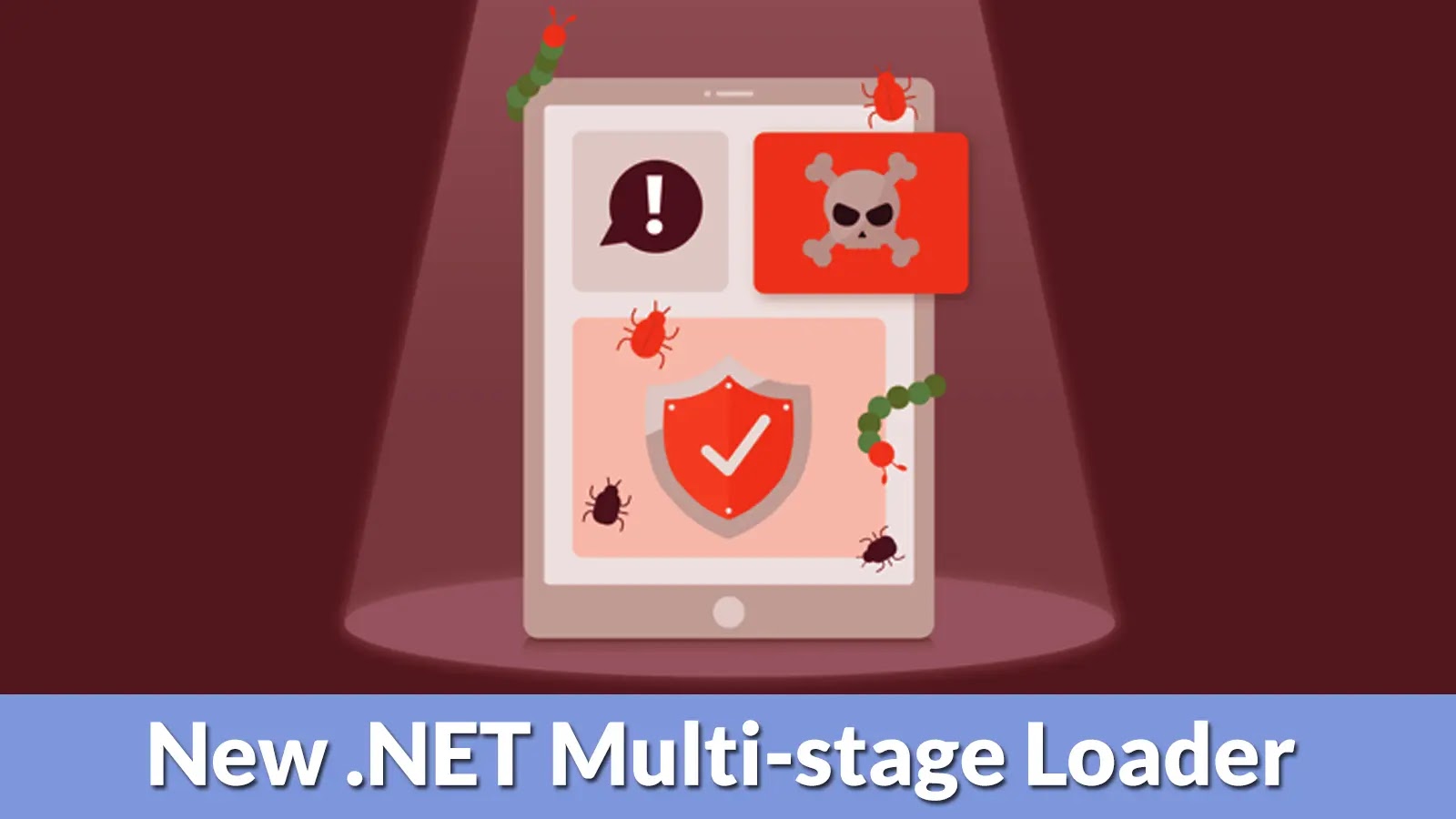Recent discoveries have unveiled a series of critical security vulnerabilities within NVIDIA’s Triton Inference Server, an open-source platform widely utilized for deploying artificial intelligence (AI) models at scale. These flaws could potentially allow remote, unauthenticated attackers to gain complete control over affected servers, leading to severe consequences such as remote code execution (RCE), data breaches, and system manipulation.
Overview of the Vulnerabilities
Security researchers from Wiz have identified three primary vulnerabilities in Triton’s Python backend:
1. CVE-2025-23319: This vulnerability involves an out-of-bounds write issue. An attacker can exploit this by sending a specially crafted request, potentially leading to remote code execution, denial of service, data tampering, and information disclosure.
2. CVE-2025-23320: This flaw allows an attacker to exceed the shared memory limit by dispatching an excessively large request. Successful exploitation could result in information disclosure.
3. CVE-2025-23334: This issue pertains to an out-of-bounds read vulnerability. By sending a specific request, an attacker could cause information disclosure.
When these vulnerabilities are exploited in conjunction, they can escalate from mere information leaks to full system compromise without requiring any authentication credentials. The root cause lies in the Python backend, which is designed to handle inference requests for Python models from major AI frameworks such as PyTorch and TensorFlow.
Detailed Exploitation Path
The attack sequence begins with exploiting CVE-2025-23320 to leak the unique name of the backend’s internal Inter-Process Communication (IPC) shared memory region—a detail that should remain confidential. Armed with this information, an attacker can then leverage CVE-2025-23319 and CVE-2025-23334 to perform out-of-bounds write and read operations, respectively. This chain of exploits enables the attacker to gain full control over the inference server, leading to potential theft of valuable AI models, exposure of sensitive data, manipulation of AI model responses, and providing a foothold for further network infiltration.
Broader Implications
The ramifications of these vulnerabilities are profound. Organizations relying on Triton for AI and machine learning tasks face significant risks, including:
– Model Theft: Attackers could steal proprietary and expensive AI models, leading to intellectual property loss.
– Data Breach: Sensitive data processed by the models, such as user information or financial data, could be intercepted.
– Response Manipulation: AI model outputs could be manipulated to produce incorrect, biased, or malicious responses.
– Network Pivoting: Compromised servers could serve as entry points for attackers to move laterally within an organization’s network, potentially reaching critical infrastructure.
NVIDIA’s Response and Recommendations
In response to these findings, NVIDIA has released a security bulletin addressing these issues and has provided patches in version 25.07 of the Triton Inference Server. Users are strongly advised to update to this latest version to mitigate the identified risks.
Additionally, NVIDIA’s August bulletin highlights fixes for three other critical vulnerabilities (CVE-2025-23310, CVE-2025-23311, and CVE-2025-23317) that, if exploited, could result in remote code execution, denial of service, information disclosure, and data tampering.
Conclusion
The discovery of these vulnerabilities underscores the critical importance of robust security measures in AI infrastructure. As AI systems become increasingly integral to various sectors, ensuring their security is paramount. Organizations utilizing NVIDIA’s Triton Inference Server should promptly apply the provided patches and continuously monitor their systems for potential threats.



